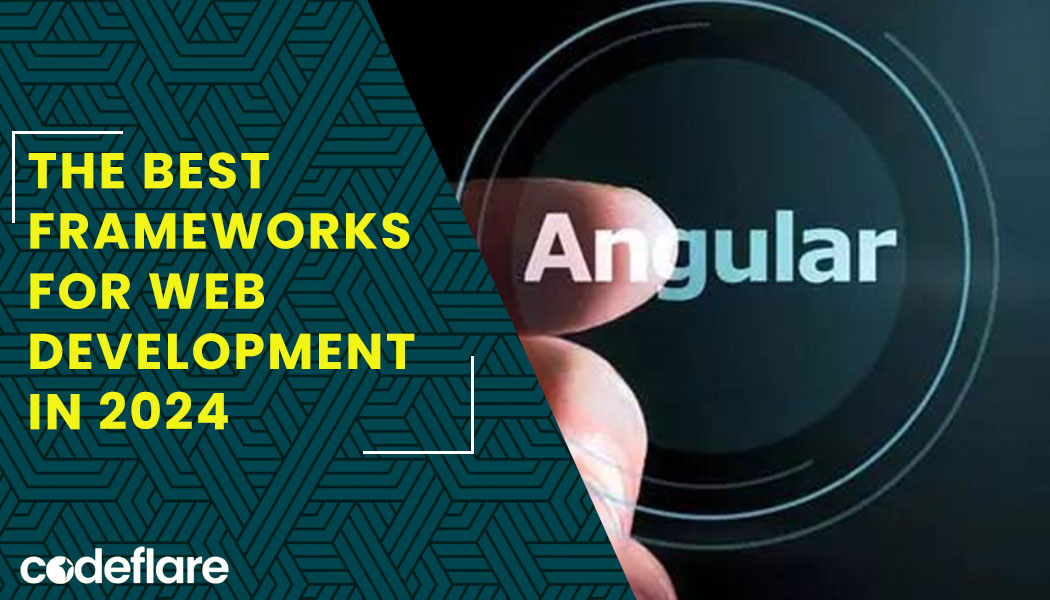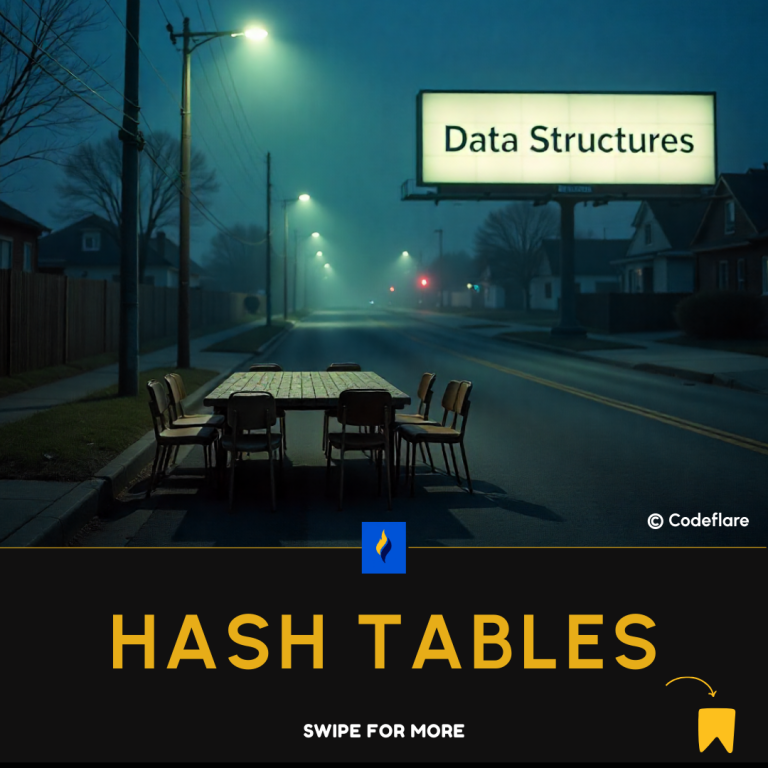
Web development is an ever-evolving field, with new tools and frameworks constantly emerging. Choosing the right framework can significantly impact the efficiency, scalability, and maintainability of your web projects. Here, we explore some of the best web development frameworks available in 2024, covering both front-end and back-end solutions.
Front-End Frameworks
1. React
Overview: React, developed by Facebook, remains one of the most popular front-end frameworks. It excels in building dynamic and high-performance user interfaces.
Key Features:
- Component-Based Architecture: Encourages reusable UI components.
- Virtual DOM: Enhances performance by minimizing direct DOM manipulations.
- Strong Ecosystem: Extensive libraries and tools support, including Redux for state management.
Use Cases:
- Single Page Applications (SPAs)
- Complex web applications with high user interaction
2. Vue.js
Overview: Vue.js is a progressive JavaScript framework that is easy to integrate into projects and offers powerful features for building modern web applications.
Key Features:
- Incremental Adoption: Can be used for small parts of a project or for building entire applications.
- Two-Way Data Binding: Simplifies data manipulation.
- Vue CLI: Robust tooling for project scaffolding and development.
Use Cases:
- Dynamic user interfaces
- Progressive web applications (PWAs)
3. Angular
Overview: Developed by Google, Angular is a full-fledged framework that provides a comprehensive solution for building large-scale web applications.
Key Features:
- TypeScript Support: Ensures better tooling and cleaner code.
- Dependency Injection: Improves code maintainability.
- Angular CLI: Streamlines the development process with built-in commands.
Use Cases:
- Enterprise-level applications
- Complex web applications requiring a robust architecture
Back-End Frameworks
1. Node.js
Overview: Node.js, although not a framework, is a runtime environment that enables JavaScript to be used for server-side scripting. Express.js is often paired with Node.js to create a full-stack environment.
Key Features:
- Non-Blocking I/O: Handles multiple requests efficiently.
- NPM: A vast repository of libraries and modules.
- Scalability: Suitable for real-time applications and microservices.
Use Cases:
- Real-time applications (e.g., chat applications)
- RESTful APIs and microservices
2. Django
Overview: Django is a high-level Python web framework that promotes rapid development and clean, pragmatic design.
Key Features:
- Batteries-Included: Comes with many built-in features like authentication, ORM, and admin panel.
- Security: Protects against common web vulnerabilities.
- Scalability: Suitable for both simple and complex web applications.
Use Cases:
- Content management systems (CMS)
- E-commerce platforms
3. Ruby on Rails
Overview: Ruby on Rails is a server-side web application framework written in Ruby, known for its convention over configuration approach.
Key Features:
- Convention Over Configuration: Reduces the need for boilerplate code.
- Active Record: Simplifies database interactions.
- Rich Ecosystem: A plethora of gems (libraries) to extend functionality.
Use Cases:
- Rapid application development
- Prototyping new web applications
Full-Stack Frameworks
1. Next.js
Overview: Next.js is a React-based framework that enables server-side rendering and static site generation for React applications.
Key Features:
- Hybrid Static & Server Rendering: Offers the best of both worlds.
- API Routes: Simplifies the creation of backend APIs.
- File-Based Routing: Easier route management.
Use Cases:
- SEO-friendly websites
- E-commerce sites with dynamic content
2. Nuxt.js
Overview: Nuxt.js is a framework for Vue.js, providing server-side rendering, static site generation, and more.
Key Features:
- Modular Architecture: Over 50 modules for easy integration of functionalities.
- Server-Side Rendering (SSR): Enhances performance and SEO.
- Static Site Generation (SSG): Generates static pages from Vue components.
Use Cases:
- SEO-optimized websites
- Dynamic web applications with server-side rendering needs
Conclusion
Choosing the right framework depends on your specific project requirements, team expertise, and long-term maintenance considerations. React and Vue.js are excellent for dynamic, interactive front-end development, while Angular is suited for large-scale applications. For back-end development, Node.js offers flexibility and scalability, Django provides a robust and secure solution, and Ruby on Rails excels in rapid development. Full-stack frameworks like Next.js and Nuxt.js offer seamless integration of front-end and back-end capabilities, making them ideal for complex web projects. Evaluate these frameworks based on your project’s needs to ensure a successful web development journey.
Best JavaScript Frameworks for Node.js






